
If you've ever wondered just how ceramic tiles are made , here are just a few steps in the process.
From there it is loaded onto the conveyor belts and the manufacturing process begins.
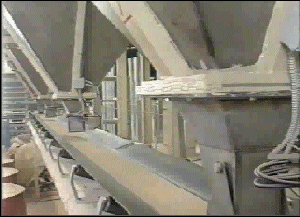
While some factories simply purchase their raw material in biscuit form and then decorate the biscuit with their own glazes and colours , most manufacture from raw clay.This obviously gives them much more control over the manufacturing process especially with quality control.
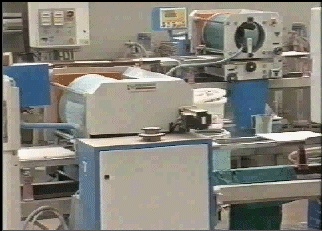
Also the colour changes during the firing process ..so the colour on the screen usually bears little resemblance to the finished colour on the tile.All this has to be calculated before the process begins using various chemical compounds and of course years of experience in tile production.

The tiles are constantly monitored and tested during the manufacturing process and having been fired in the kiln at temperatures around 1200 degrees,the final desired colours and design have been achieved.
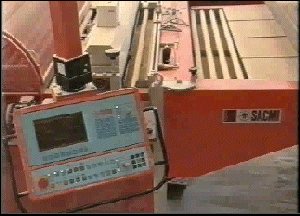
Having again tested the composition of the finished product and determining the correct tone,shade and calibre the tiles are then boxed and packaged
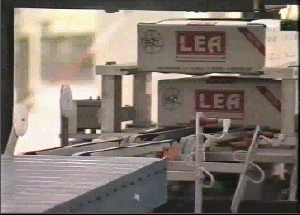
At this stage the tiles are stored on pallets ready for shipping to the four corners of the world.
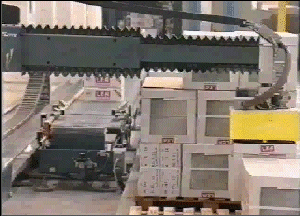
Nothing is left to chance.Mathematical probabilities are worked out, even with the stacking of boxes on pallets.The boxes you see are not secured to anything.The robots operate within particular parameters and speeds that are calculated exactly to elimate breakages yet still provide maximum production volume.
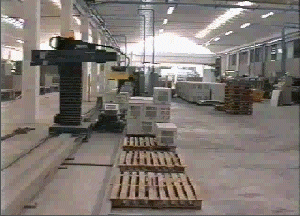
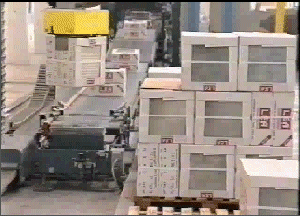
Finally the tiles are shipped to quite literally every country in the world supplying an industry that continues to develop and grow at a phenomenal rate.
Back to Main Page
E-Mail 023 Tiles